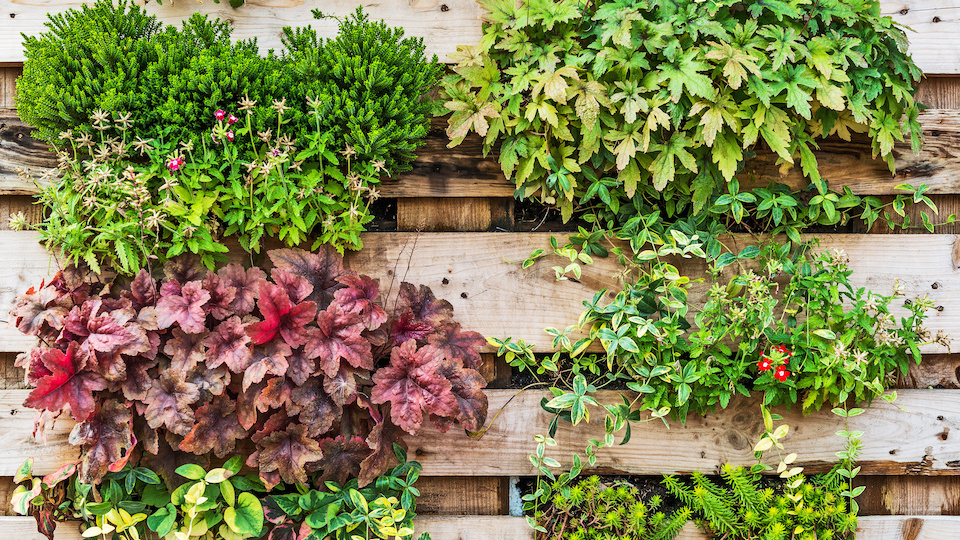5 Free Garden Hacks You Don’t Want to Miss
I don’t know about you, but I love to get free things – especially practical, free things that I can put to good use. When it comes to gardening, I love free stuff even more. Over the years, I have gathered ideas and hacks to help lower my gardening budget. I am happy to report that I have compiled quite a list of free garden hacks. Read on to find out how you too can garden on a dime.




